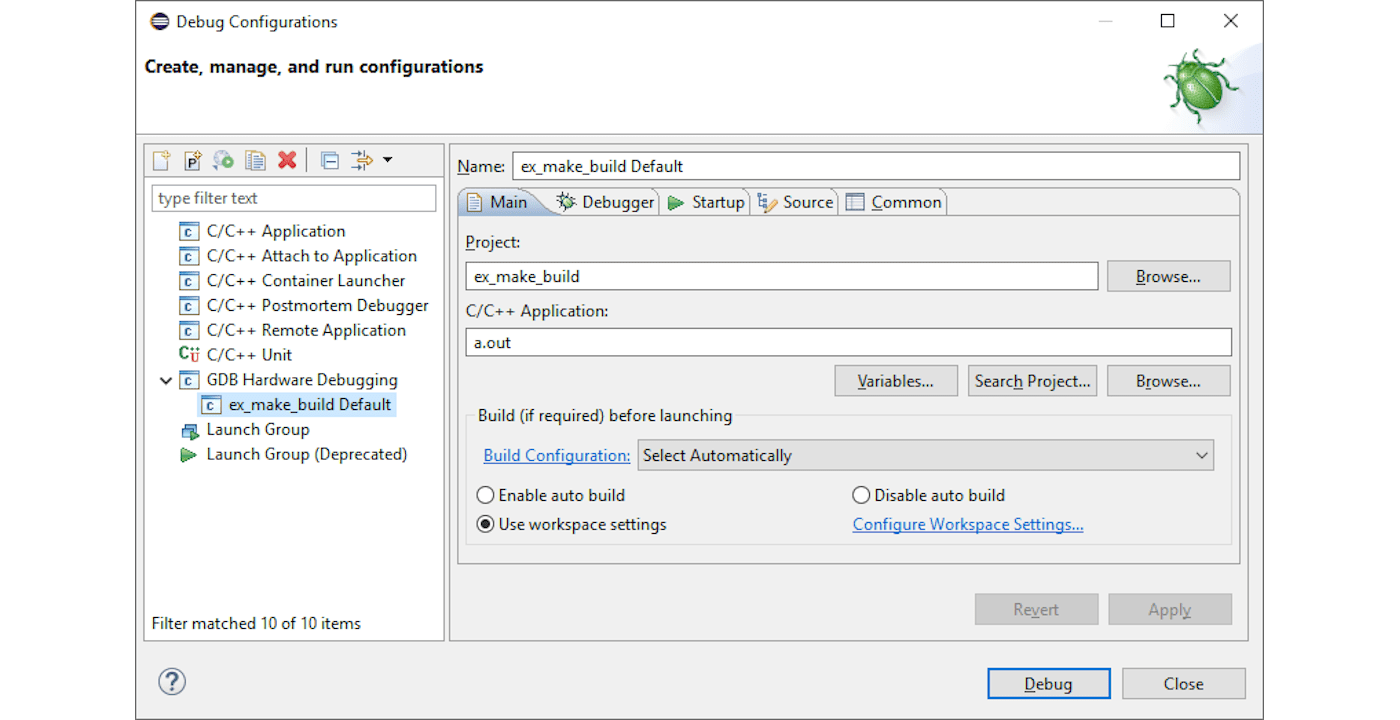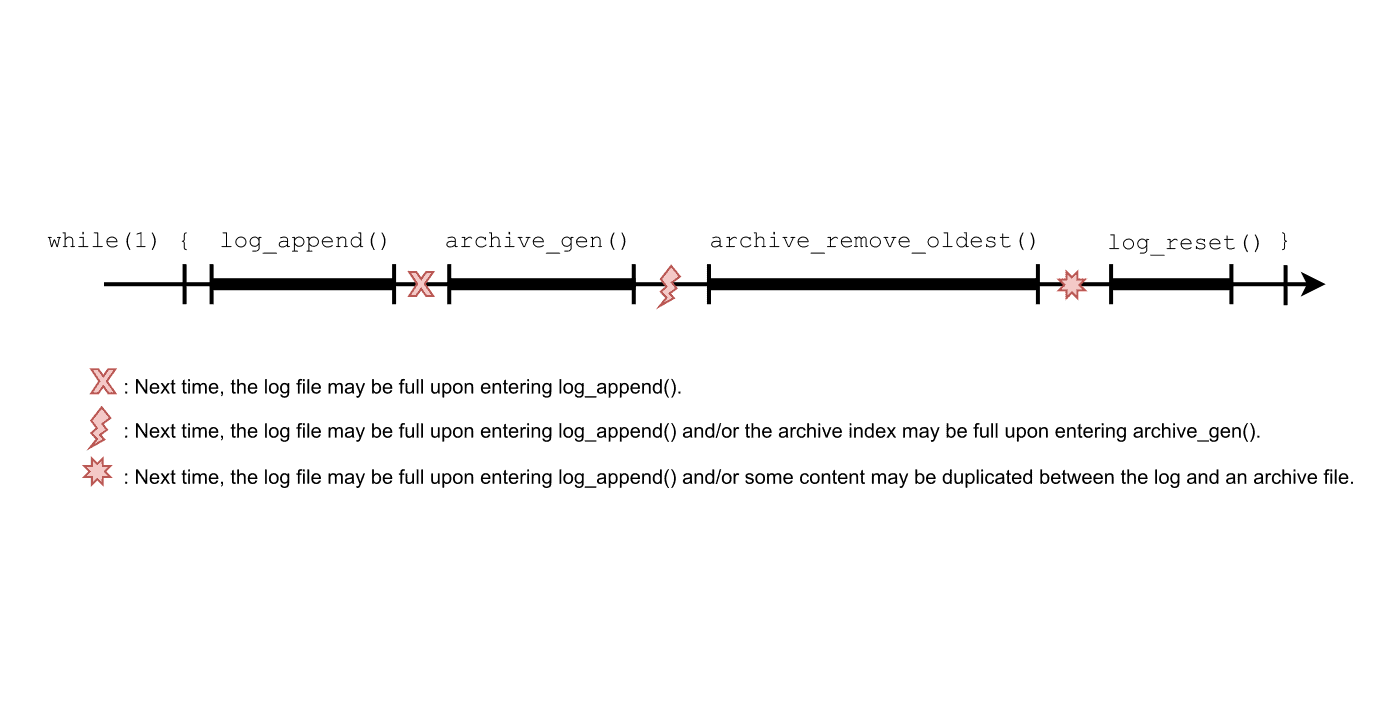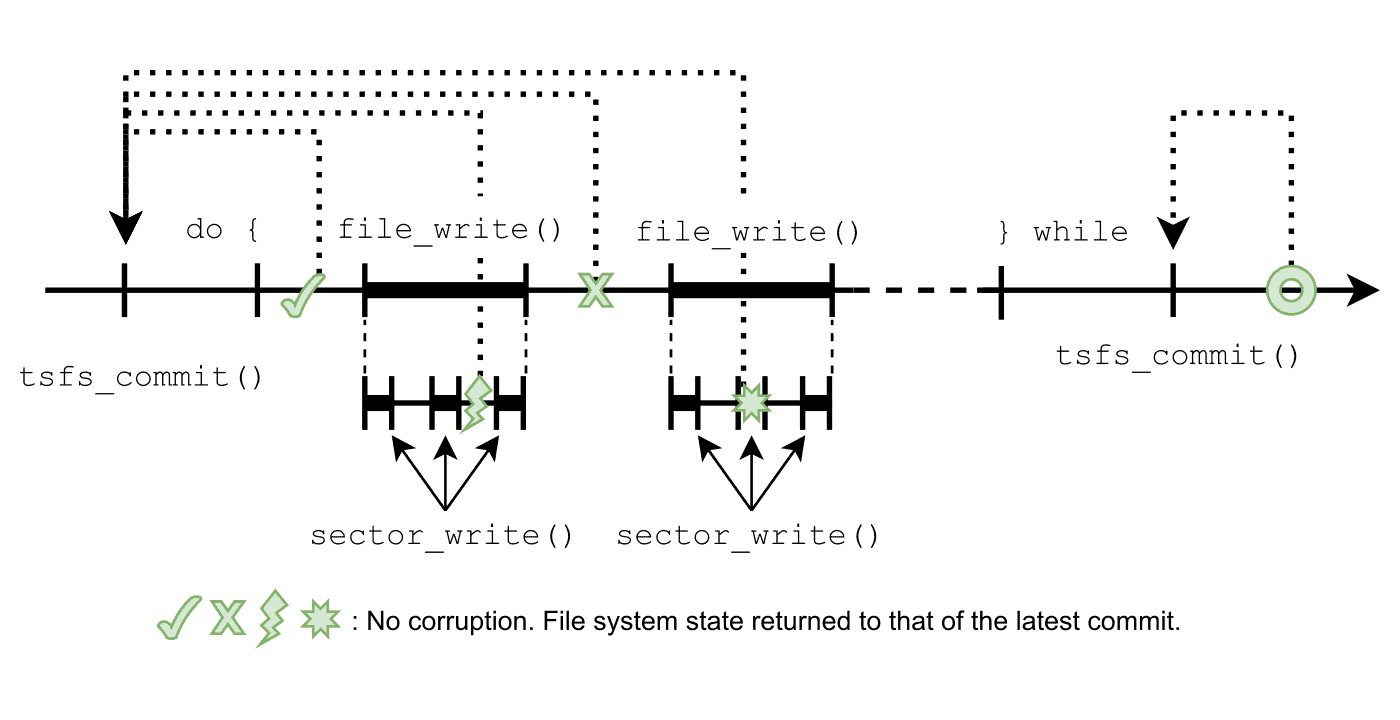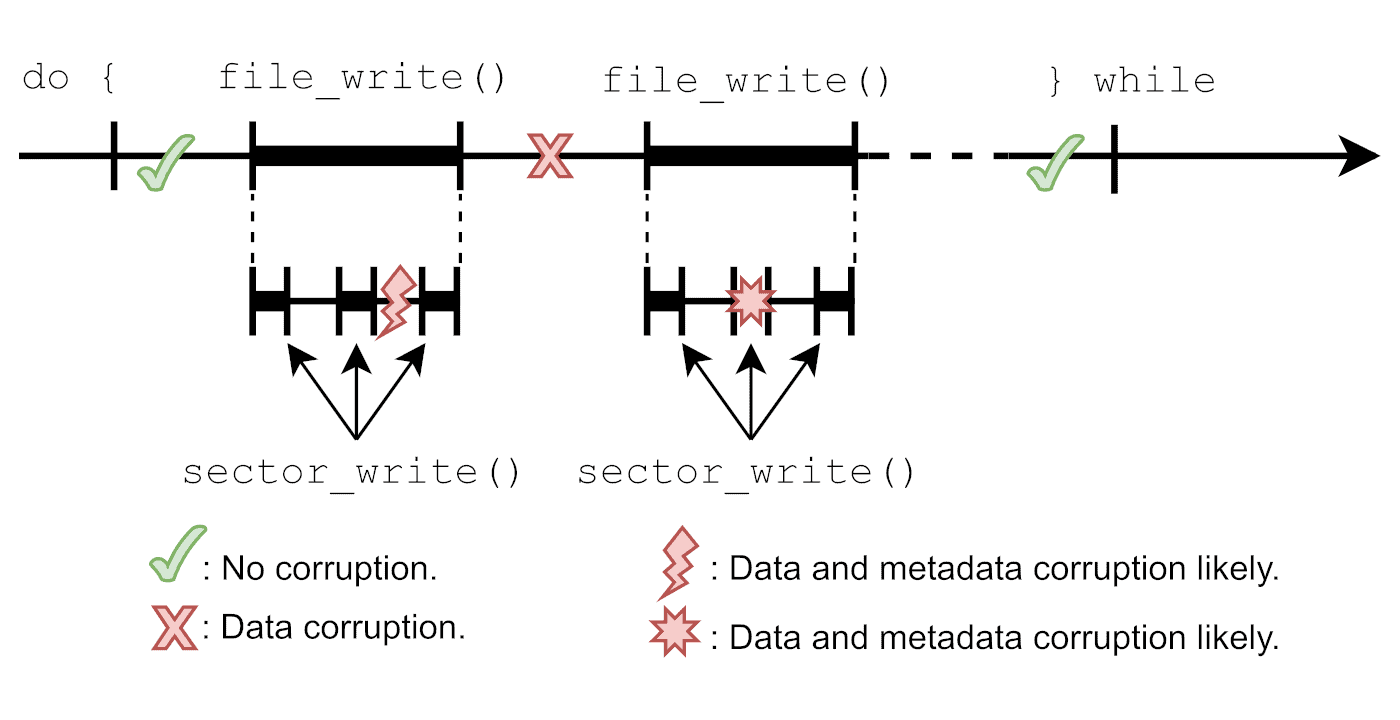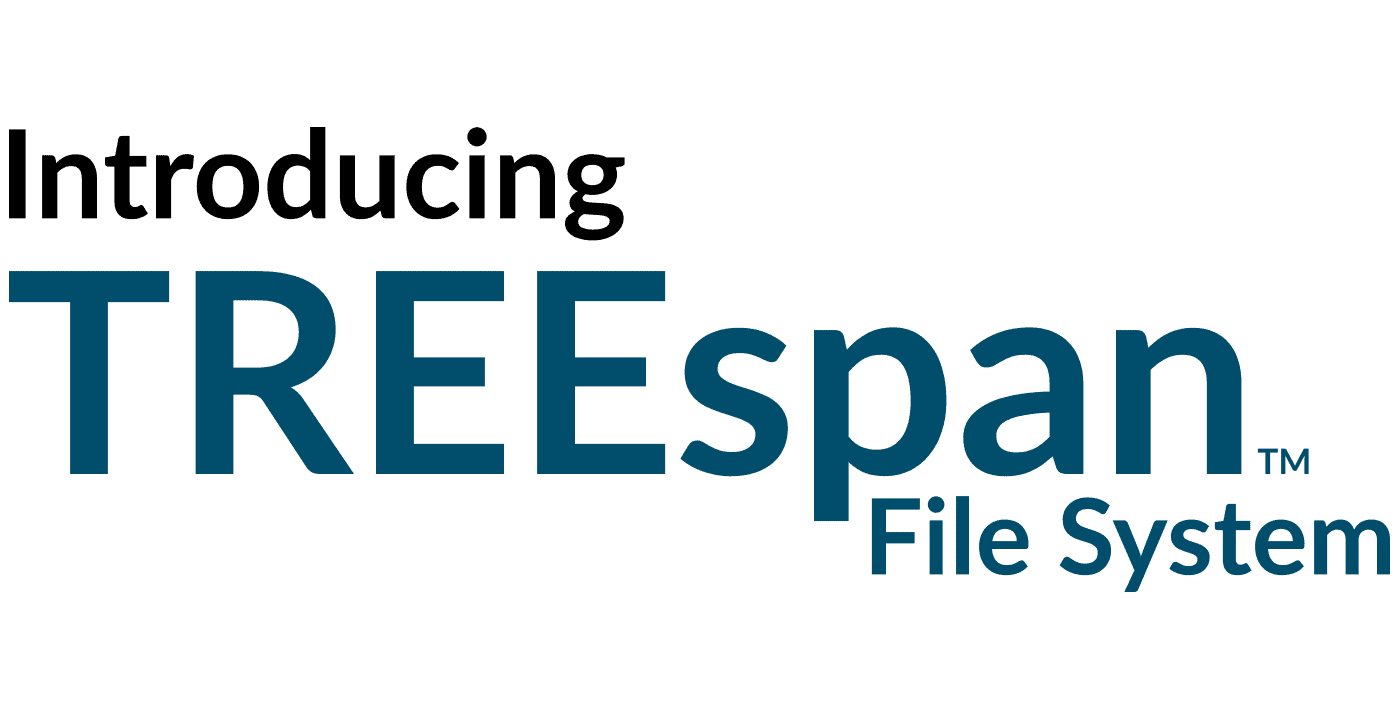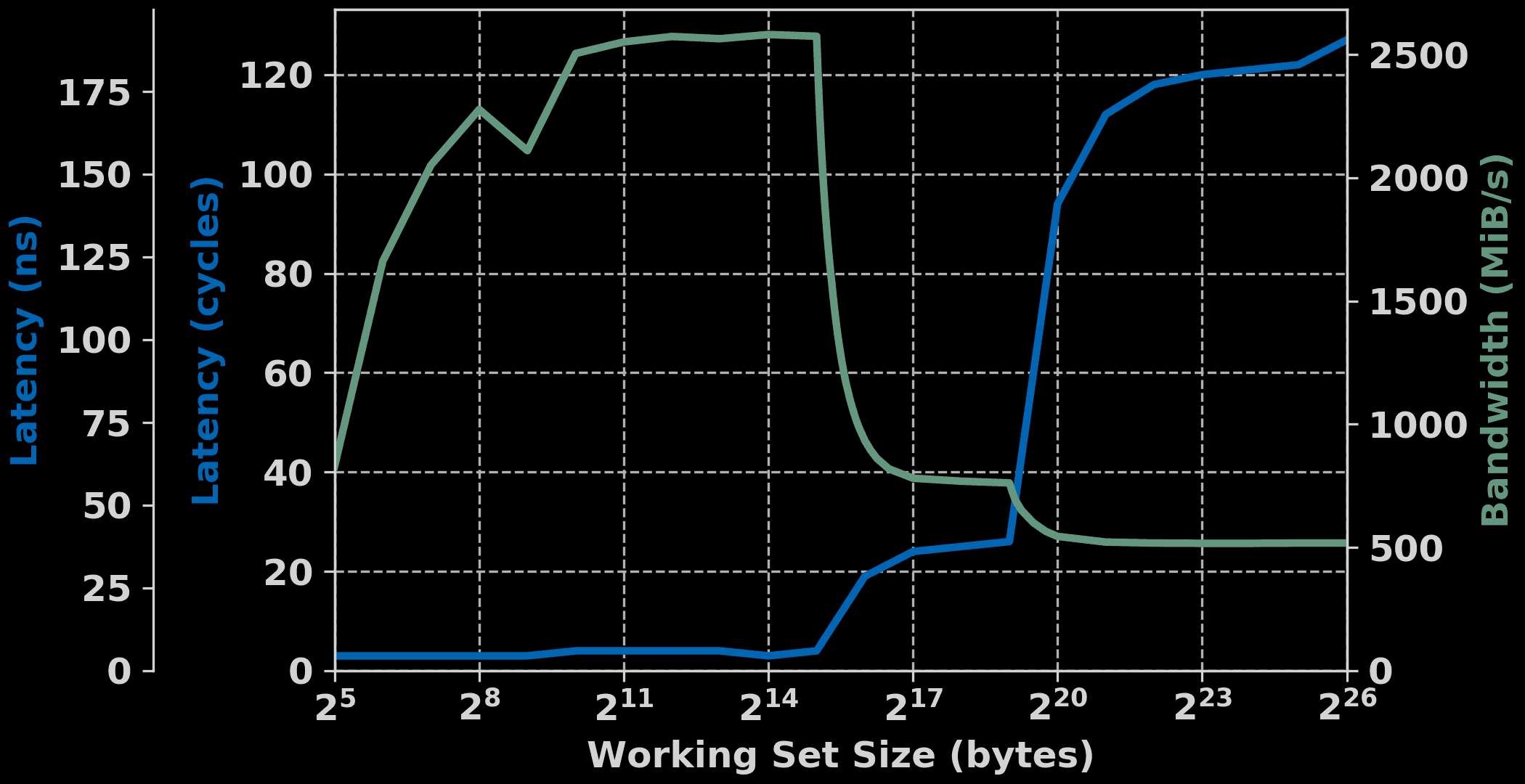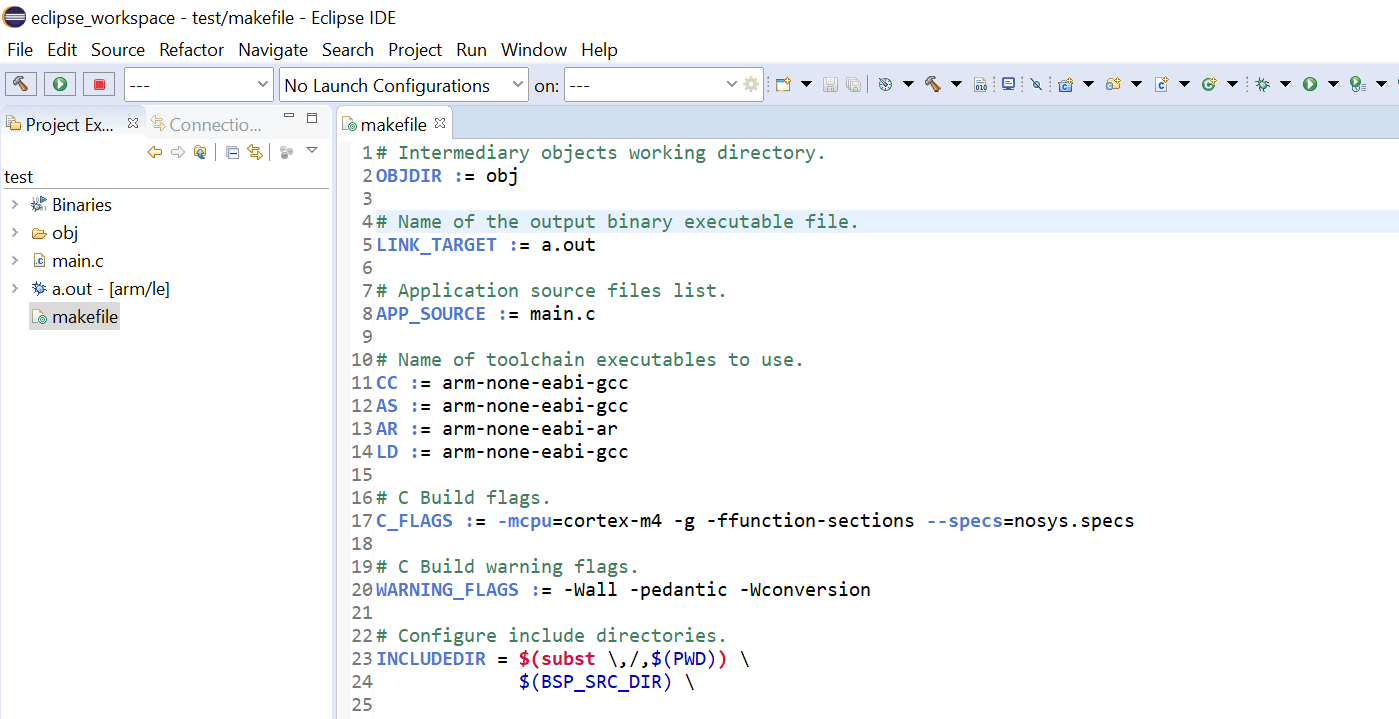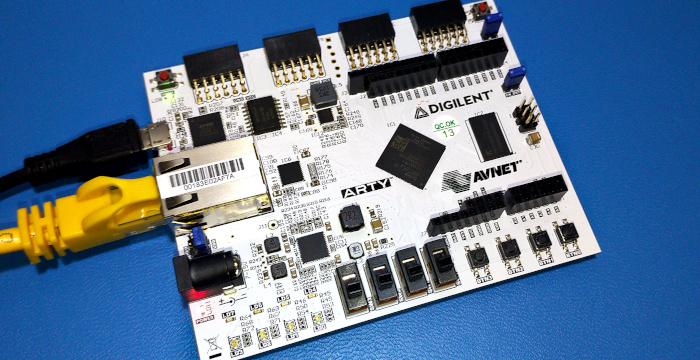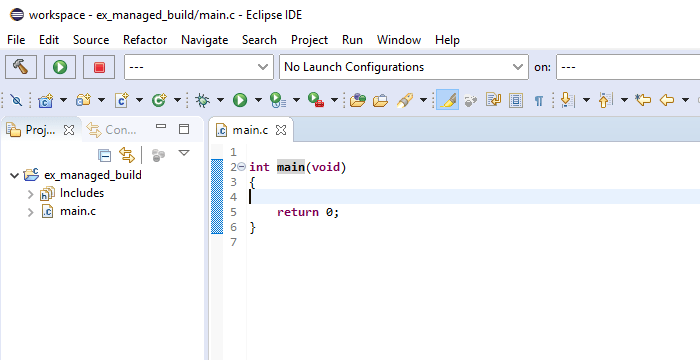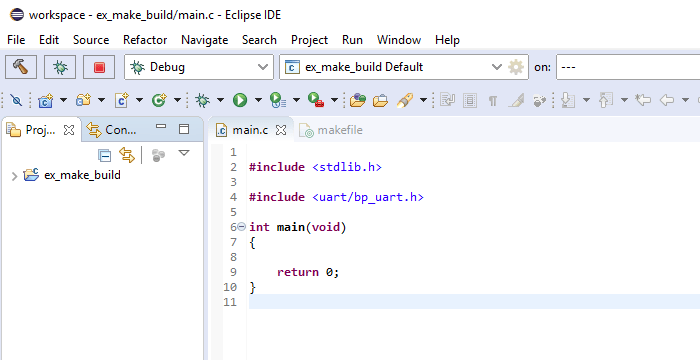
Managed vs Unmanaged: The Many Roads to Flash Storage
Let’s explore and compare two different paradigms of flash management commonly used throughout the industry: managed flash and unmanaged flash. Managed flash devices include SD cards, USB flash drives, eMMC and UFS modules — also SSDs, but those are less often seen in embedded systems. These are all NAND-based devices.

